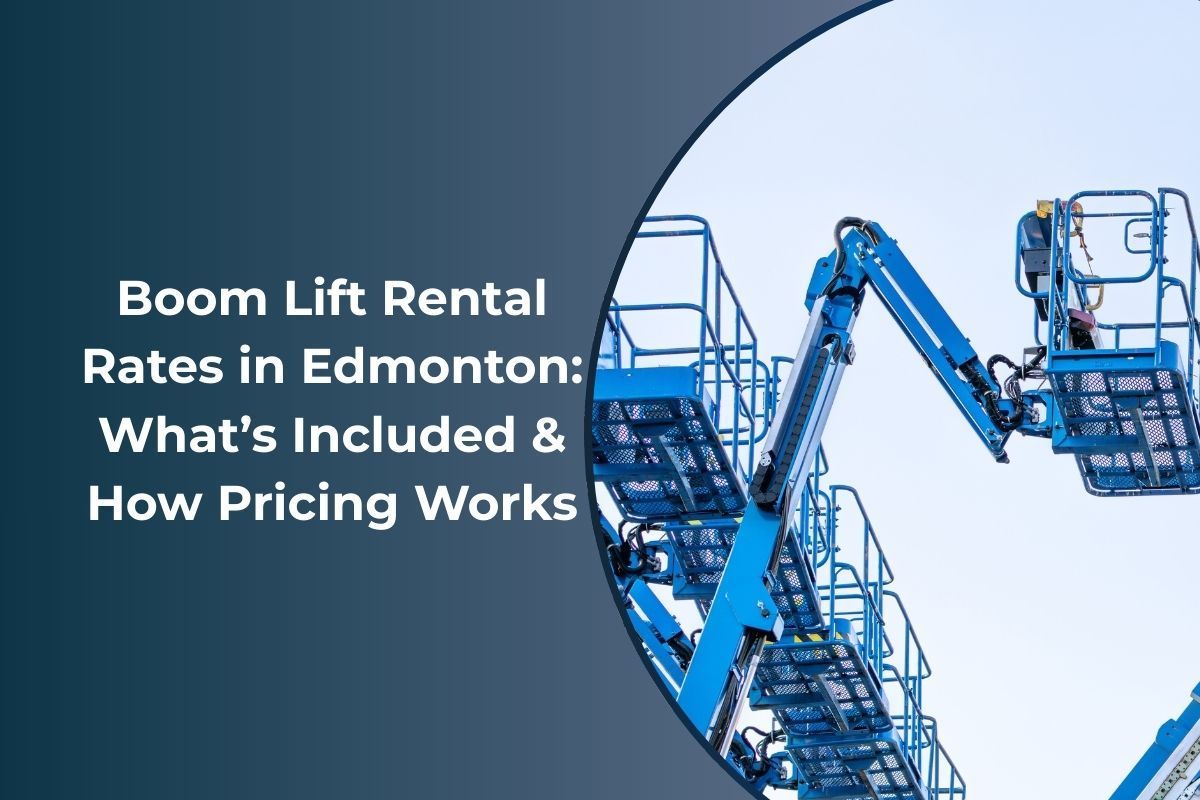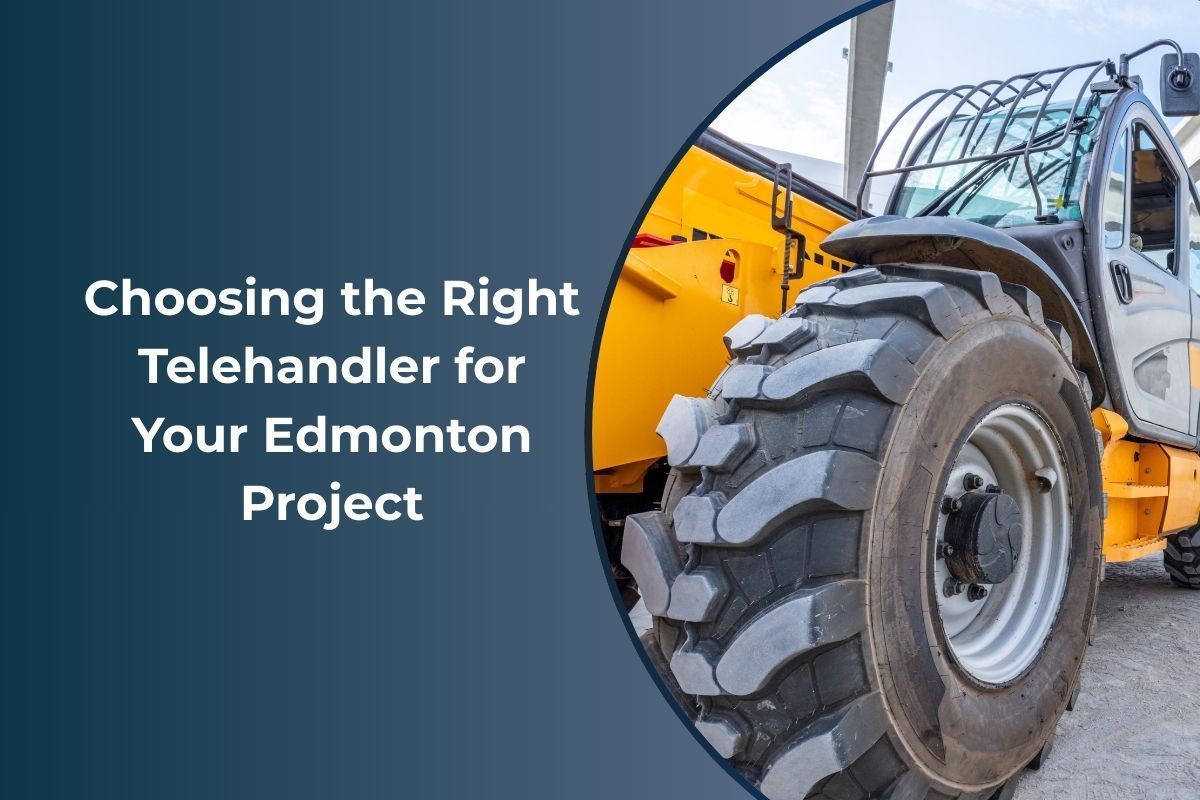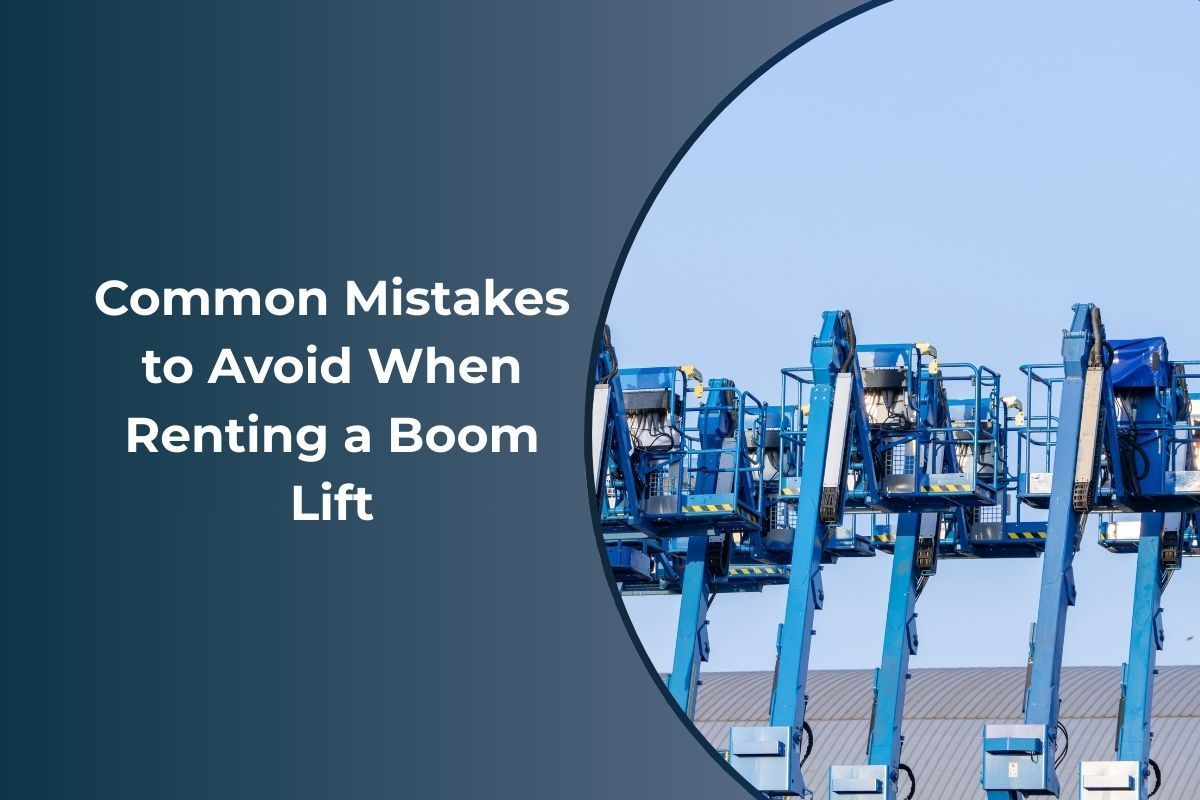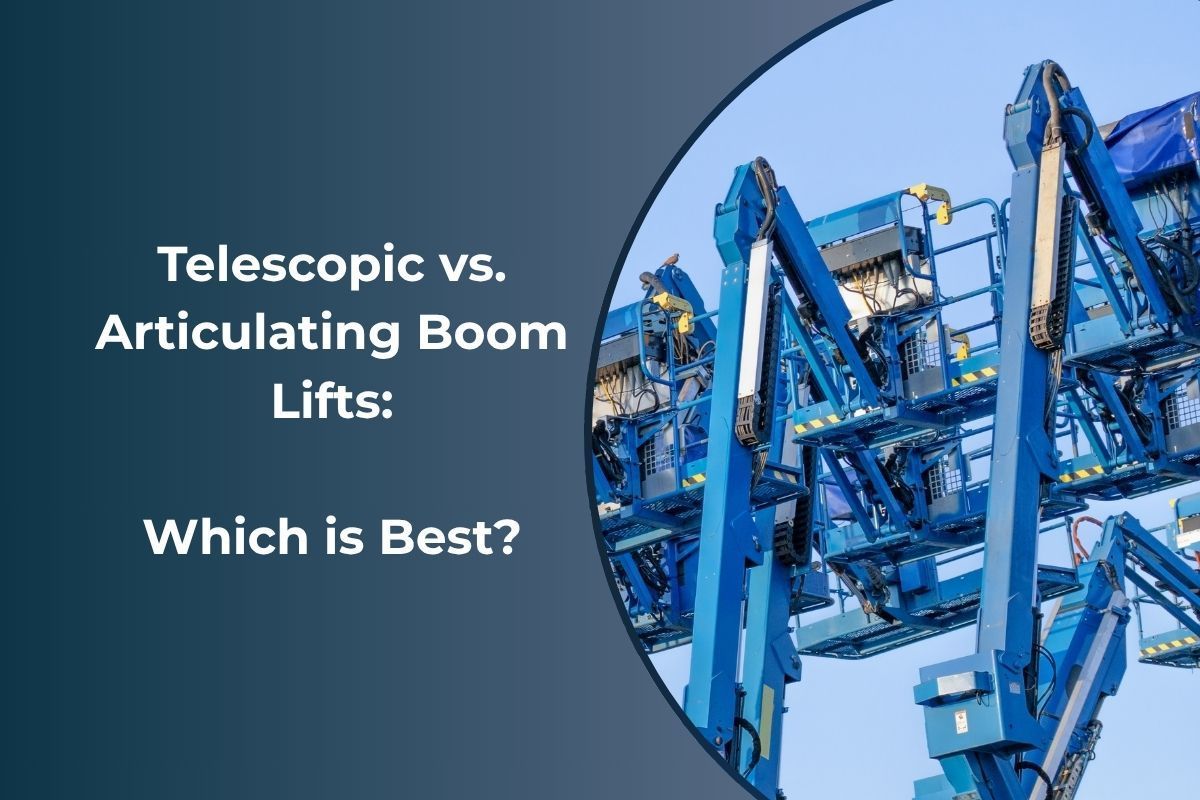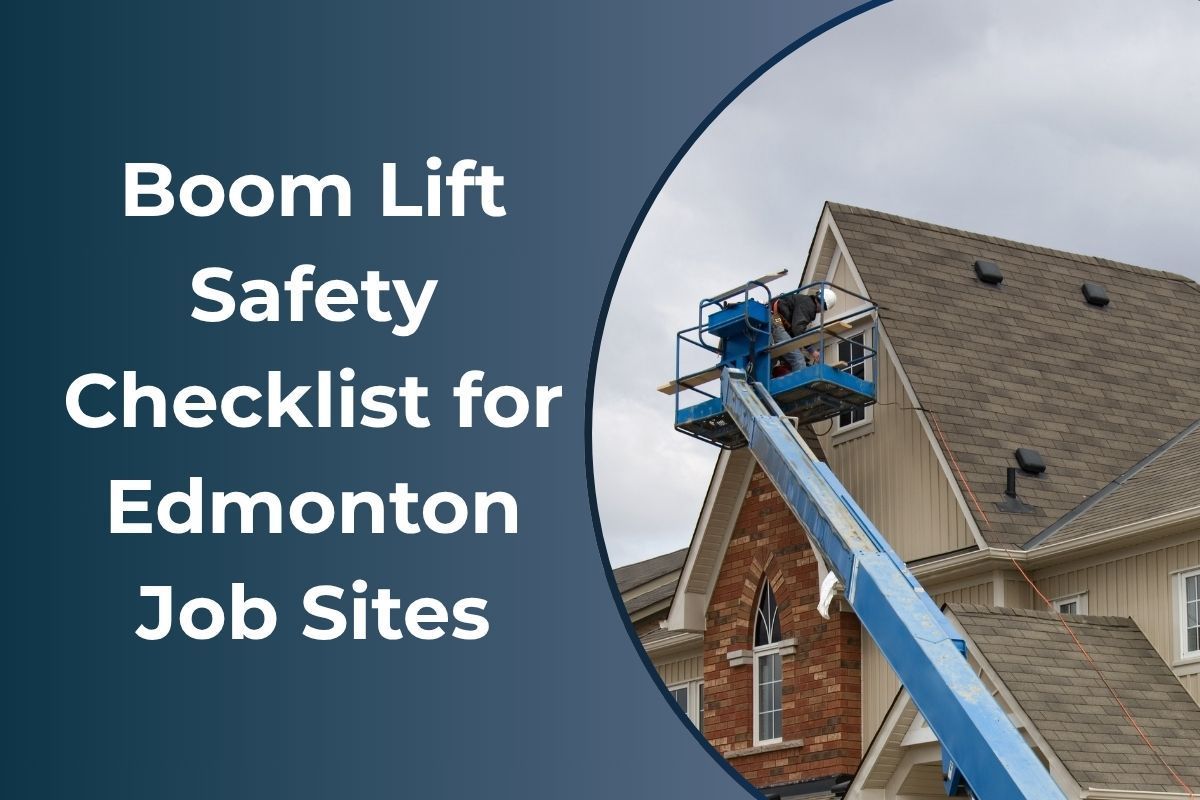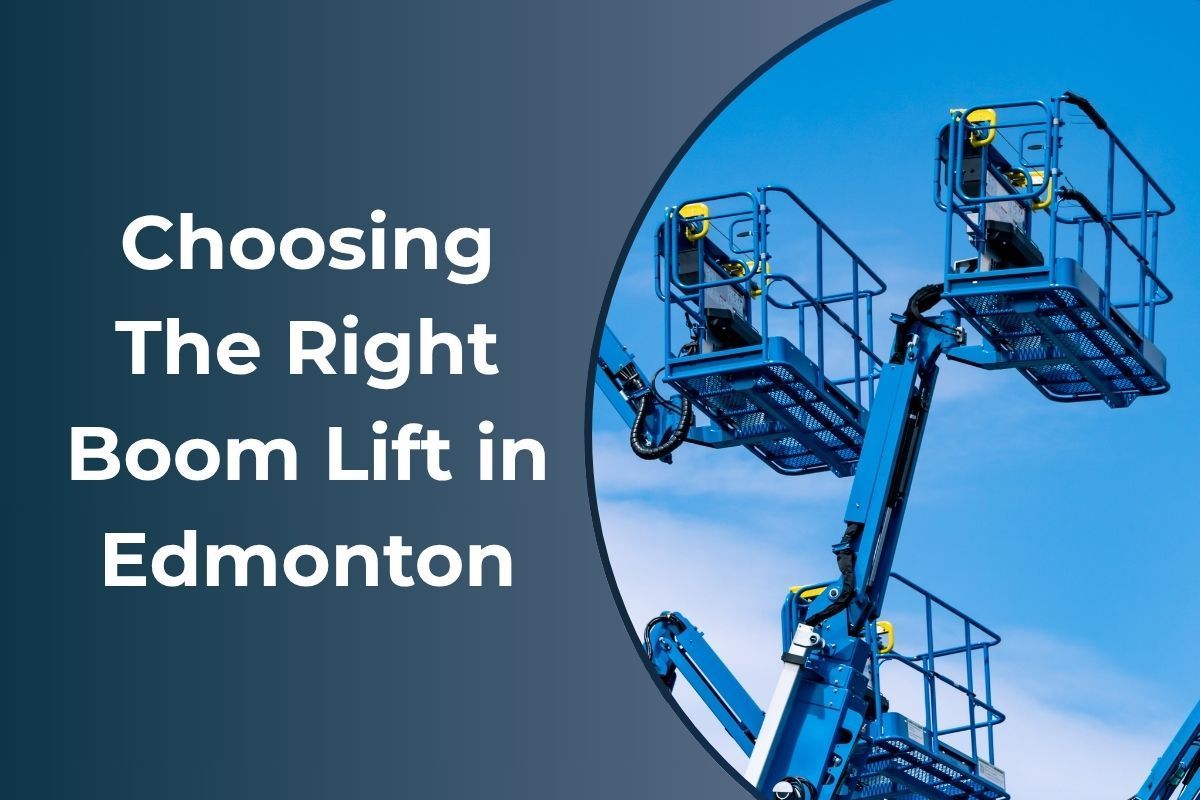Telehandler Attachments: Common Types & Their Uses

Telehandler attachments expand what the machine can handle—changing how much it can lift, how far it can reach, and what materials it can safely move.
From buckets to truss booms, each attachment serves a specific purpose that can speed up work and reduce operator strain.
Why Attachments Matter When Choosing a Telehandler
Attachments change how a telehandler lifts, carries, and positions materials. The attachment you use affects lift capacity, forward reach, stability, and operator visibility—all critical factors when choosing the right machine for your job.
Even if you're renting a telehandler with standard forks, knowing how attachments impact performance helps you choose the safest and most efficient setup for your site.
Common Telehandler Attachments & When They’re Used
Here are the attachments most frequently used on construction, agriculture, roofing, and commercial job sites, including how they affect capacity, reach, and handling.
Standard Forks (Most Common)
Best for: Palletized materials, lumber, shingles, packaged supplies
Where they’re used: Nearly every construction site in Edmonton
Standard forks are the default attachment because they offer the best combination of visibility, load control, and lift capacity.
Why it matters:
- Handles the widest range of job-site materials
- Maintains the highest rated lift capacity
- Easiest for operators to maneuver and position loads
Lumber / Material Buckets
Best for: Sand, gravel, dirt, demolition debris
Industries: Landscaping, general construction, agriculture
Material buckets convert a telehandler into a high-volume loader for moving loose or unpalletized material.
Why it matters:
- Moves bulk material quickly
- Ideal for cleanup and site prep
- Reduces manual labour and repetitive handling
Truss Boom / Jib Attachment
Best for: Setting trusses, lifting beams, reaching narrow angles
Industries: Roofing, framing, steel erection
A truss boom provides extra forward reach and allows operators to lift materials that can’t be supported by forks.
Why it matters:
- Improves lift precision at roof height or upper floors
- Helps place long materials in tight or obstructed locations
- Reduces the need for secondary lifts or repositioning
Grapple Forks / Bale Spears
Best for: Logs, pipe bundles, hay bales, awkward or round loads
Industries: Agriculture, rural construction, oilfield yards
These attachments are built to secure irregular loads that won’t sit flat on forks.
Why it matters:
- Provides safer handling of unstable or non-uniform materials
- Reduces rolling, shifting, or dropped-load risks
- Improves control for long or rounded objects
Work Platforms (Man Baskets)
Best for: Temporary elevated work when a boom lift isn’t available
Industries: Maintenance, repairs, facility work
Man baskets allow workers to be lifted with a telehandler, but must follow strict safety requirements.
Important Note: Work platforms have different approval requirements depending on the manufacturer and the safety standards on your site. In many cases, a boom lift is preferred, so it’s best to confirm with your supervisor or OHS documentation before planning elevated work with a telehandler.
How Attachments Affect Telehandler Specs
Choosing the right attachment directly changes how a telehandler performs. Every attachment modifies lift capacity, stability, visibility, and reach, which is why two identical machines can handle very differently on the same job site.
Understanding these changes helps you select the right model, avoid overloaded lifts, and keep your operators working safely and efficiently.
Lift Capacity
Most attachments reduce rated capacity because the load sits farther from the telehandler or shifts weight distribution.
Example: A 10,000 lb unit may have a much lower working capacity when a truss boom or bucket is attached.
Forward Reach
Attachments increase load distance, which reduces how far you can safely extend the boom.
This is why each attachment type has its own load chart and stability limits.
Visibility & Control
Buckets, grapples, and other bulky attachments can reduce operator visibility — especially at full boom height or maximum reach.
Reduced visibility can slow down material handling and make tight sites harder to navigate.
Telehandlers Often Paired With Attachments
Attachments perform best when paired with higher-capacity telehandlers—typically machines in the 10,000 lb to 12,000 lb class.
These units offer the stability, boom strength, and visibility needed to handle added load distances or specialty lifting angles.
Examples of telehandler models frequently used with attachments across construction and industrial projects include:
- 10,000 lb class models (e.g., 55–56 ft reach units)
- 12,000 lb class models (for heavier timber, steel, or large truss packages)
- Rough-terrain models designed for uneven ground or outdoor material placement
These machines are chosen because they maintain stronger lifting charts at height and allow operators to work more confidently with buckets, truss booms, grapple forks, or other specialty tools.
If you want to confirm attachment compatibility with a specific model you plan to rent, you can explore our Telehandler Rentals page or reach out for guidance based on your job requirements.
Selecting the Right Telehandler When Attachments Are Involved
Choosing a telehandler becomes even more important when attachments are involved. Each attachment affects lift capacity, balance, reach, and operator visibility. Matching the machine to the material and task keeps the site safe, prevents delays, and ensures work moves efficiently.
Know Your Load (Weight + Material Type)
The load you’re lifting determines which telehandler and attachment are actually safe to use.
Different materials behave differently when lifted—pallets, beams, and loose material each require specific stability and handling. Match your machine to both the weight and the way the material shifts or moves.
Know Your Max Height and Reach
Your required height and forward reach dictate the size of telehandler you need.
If the material must reach a roofline or elevated deck, choose a model with overhead capacity to spare—not the bare minimum—so stability and maneuverability remain safe with attachments.
Know the Terrain
Ground conditions determine whether your telehandler can operate safely and at full capacity.
Edmonton sites often involve mud, frost, uneven soil, or tight access, so choose a machine built for the surface you’re working on—not just the load you’re lifting.
Know Whether You Need Precision or Power
Your task determines whether you need fine control or raw lifting strength.
Trusses, beams, and HVAC units require precise placement, while debris, dirt, and bulk materials demand higher volume movement.
FAQs About Telehandler Attachments
Do attachments change how much a telehandler can lift?
Yes. Nearly every attachment affects the load chart and reduces the machine’s maximum capacity. The farther the load sits from the telehandler, the lower the safe working limit becomes.
Are work platforms (man baskets) safe to use on telehandlers?
They can be, but only when they meet manufacturer requirements and site safety codes. Some job sites restrict their use, so if applicable, always confirm with the site supervisor or OHS guidelines before planning elevated work.
Can one telehandler work with multiple attachments?
Often yes, but it depends on the model. Always confirm hydraulic compatibility, lift capacity, and the specific load chart for the attachment you plan to use.
Do you supply telehandler attachments?
Attachment availability varies by job and machine. If your project requires something beyond standard forks, just reach out. We’ll help confirm what’s compatible with our telehandlers and what options make sense for your site.
Ready to Book a Telehandler in Edmonton?
When you need a reliable machine with clear pricing and same-day delivery, we’re here to help.
Call 780-699-9433 or explore our Telehandler Rentals in Edmonton to get the right model for your next project.
Mandel Rentals Resources
